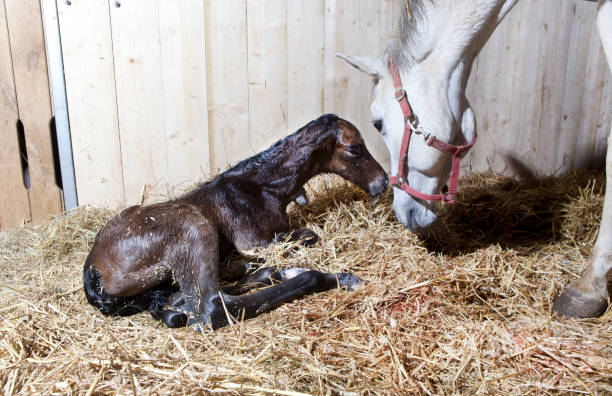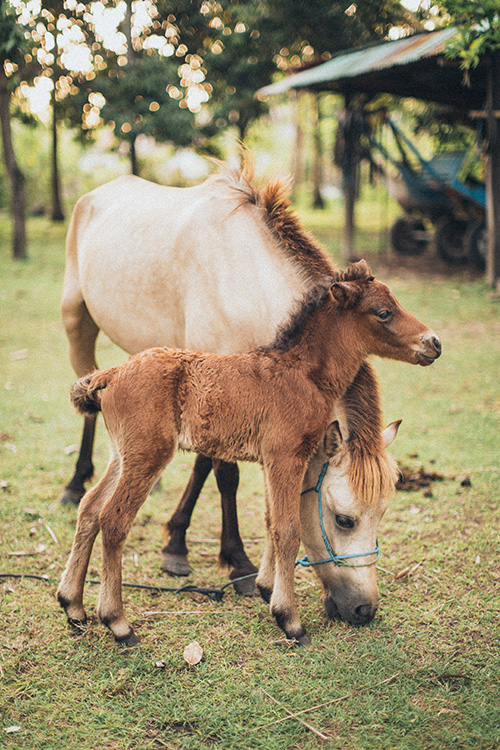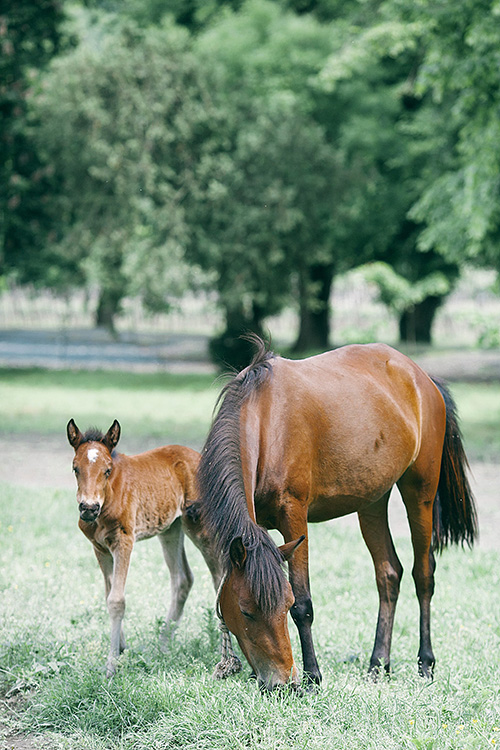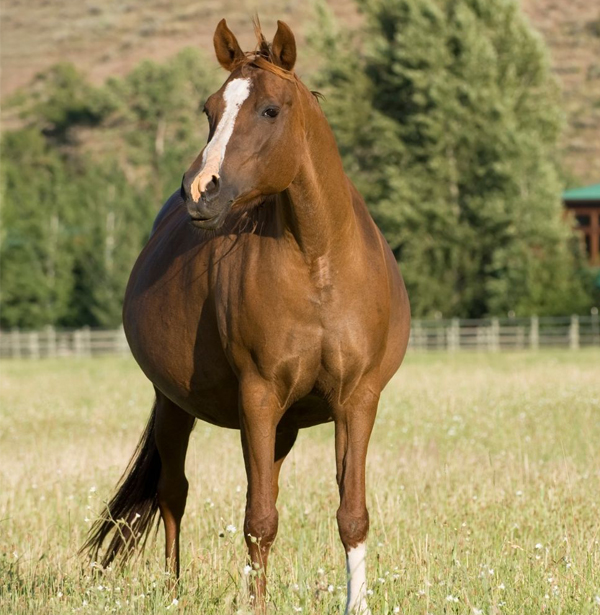Equine reproduction is a complex and fascinating topic that plays a pivotal role in maintaining the horse population. Horses have been domesticated for thousands of years, and their reproductive processes have been integral to their history and the equestrian world. In this blog, we will delve into the intricate world of equine reproduction, exploring the estrous cycle, breeding methods, and the miracle of life in these magnificent creatures.
The Estrous Cycle

Mares reach puberty at about 18 months of age and undergo an estrous, or heat, cycle. They go into heat repeatedly during the breeding season, which usually continues while day length is long and ends when winter approaches. Exposing mares to increasing periods of artificial light can get the breeding season started earlier. During the breeding season, mares ovulate regularly every 3 weeks, but they are in heat and receptive to a stallion for only 2 to 8 days.
During this cycle, mares go through distinct phases:
Proestrus: The beginning of the cycle, characterized by increased ovarian activity.
Estrus: The fertile phase, where the mare is receptive to the stallion and ovulation occurs.
Metestrus: A transitional phase following estrus.
Diestrus: A non-receptive phase.
Timing is crucial in equine breeding, as mares are typically bred during estrus when they are most fertile.
Breeding Methods
There are various methods for breeding horses, including natural breeding and artificial insemination (AI). Natural breeding involves allowing a stallion and mare to mate naturally. AI, on the other hand, involves collecting semen from the stallion and then inseminating the mare with it. AI provides several advantages, such as allowing breeders to use stallions from different locations and reducing the risk of injury during natural breeding.
The Miracle of Life
The equine reproductive process culminates in the birth of a foal, marking the end of a journey that began with the estrous cycle and the mating process. Mares have a gestation period of approximately 11 months. When the time is right, they give birth to a foal. The birth of a foal is an incredible event, and the first moments of life for this young horse are both heartwarming and inspiring.
Mares reach puberty at about 18 months of age and undergo an estrous, or heat, cycle. Mares go into heat repeatedly during the breeding season, which usually continues while day length is long and ends when winter approaches. Exposing mares to increasing periods of artificial light can get the breeding season started earlier. During the breeding season, mares ovulate regularly every 3 weeks, but they are in heat and receptive to a stallion for only 2 to 8 days. Heat is generally longer early in the season (spring) and only 2 to 3 days in late June. Gestation (pregnancy) lasts 330 to 342 days, with lighter breeds generally having a longer pregnancy (340 to 342 days) than heavier breeds (330 to 340 days). Pregnant mares generally have a single foal; twins are rare. Foals can see and stand to suckle soon after birth.
As soon as a foal is born, you should remove any mucus or other material around its nostrils to assist the foal in breathing and coat the umbilical stump with diluted betadine to prevent bacteria from entering the body and causing a serious blood infection. The foal should begin to nurse within the first 1 to 2 hours. This is critical because the initial mare’s milk, called colostrum, contains antibodies that provide the young foal with immunity against disease. If the mare rejects the foal, a milk replacer can be used as a substitute. Foals should also have a bowel movement within their first 2 hours or so; if they do not, you will need to give the foal an enema. Contact your veterinarian immediately if the foal does not begin to nurse, or if you observe any other problems during the first few hours after foaling.

As much as possible, the mare and the foal should not be disturbed. Many mares are very protective of their foals, and someone will likely have to hold the mare while another person attends to the foal’s needs, such as removing mucus, coating the umbilical stump, and so forth.
You should spend at least 15 minutes every day with a new foal, touching its hooves, ears, nose, and other body parts, as well as tapping on its feet and generally rubbing it all over. Handling a foal early on will make it much easier to handle as an adult.
Vaccinations usually begin around the age of 4 months unless the mare has not been previously vaccinated, with appropriate booster vaccinations 1 month later. Vaccination for equine influenza generally begins when the foal is 8 to 10 months old. Your veterinarian can advise you on the best vaccination program for your foal.


Equine reproduction is a vital aspect of the horse world, ensuring the continuation of various horse breeds and contributing to the equestrian industry. Understanding the estrous cycle, and breeding methods is crucial for horse breeders and enthusiasts alike. The miracle of life that unfolds in the birth of a foal is a testament to the wonders of nature and the beauty of the equine world.
